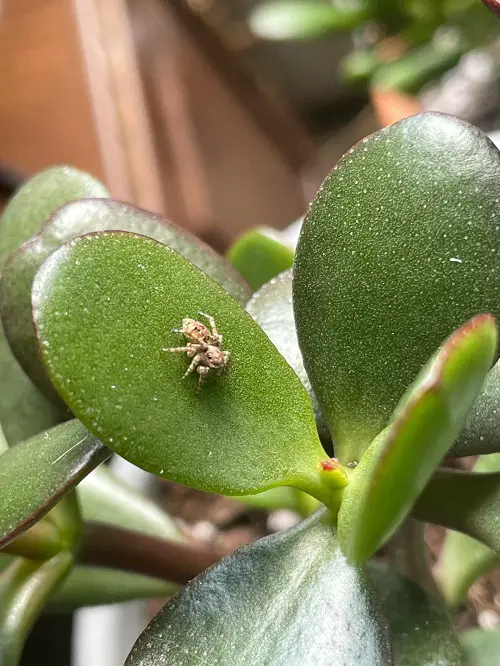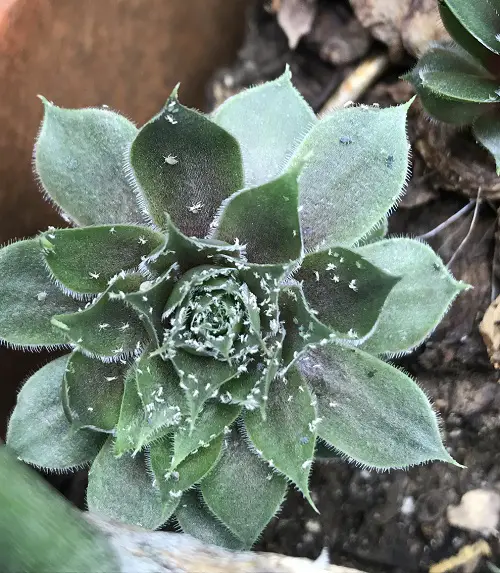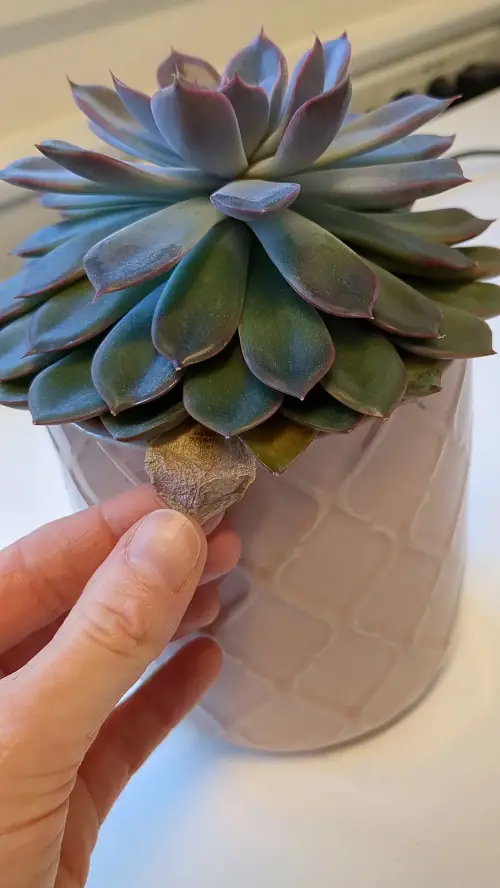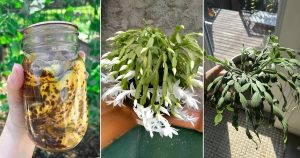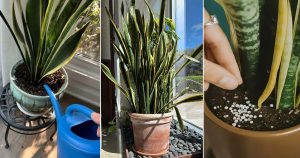Do Succulents Attract Bugs? If yes, then check out the effective tips to prevent and combat these pesky creatures.
Even if Succulents do attract bugs, will it discourage you from growing these resilient plants? Of course not. Right? So, read here to learn about why succulents attract bugs, how to identify signs of infestation, and practical tips to keep your plants healthy and bug-free.
Do Succulents Attract Bugs?
The simple answer is Yes—succulents attract bugs! But why does this happen? We all know that these plants are highly pest-resistant and cannot be attacked by tiny predators in normal conditions. Even succulents attract bugs indoors, too. However, succulents are easy to care for and do not require much attention, but still, you have to look after them. The most magnetized thing that attracts bugs to your succulent is the moisture they carry naturally in their leaves, stems, or around the soil when you overwater them.
Tip: Avoid over-irrigation, especially standing water around the succulents—only water when the top layer of the soil feels dry to you.
Why Do Succulents Attracts Bugs?
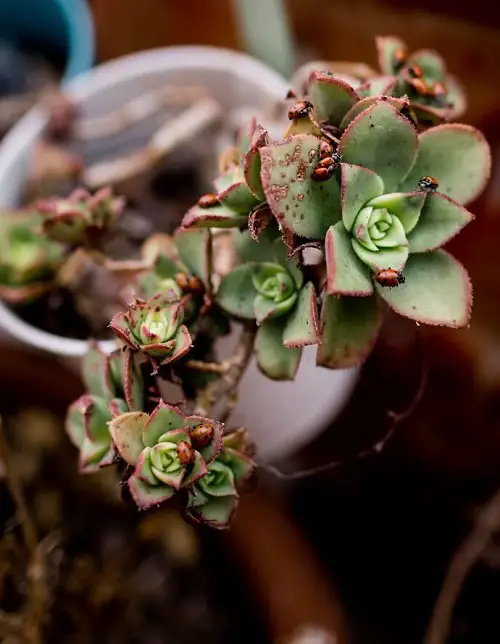
Succulents attract bugs due to some of the primary characteristics that they carry in their body structure, like:
- There are thick leaves that store water, which looks appealing to bugs seeking water sources. This high water content is an ideal environment for insects like mealybugs and spider mites. They thrive in the nooks and crannies of fleshy leaves and suck the plant’s sap resulting in damaging plant health.
- You know that succulents retain water in their tissues, which creates a humid environment and attracts pests. Spider mites thrive here and feed on plant fluid.
- Some succulents produce a sweet sap, due to which aphids, mealybugs, and ants congregate and feed on them, leading to the weakening of the plant.
Note: Not all succulents will attract bugs, and the severity of infestations can vary based on climate (humid one can exacerbate the pest), location, and care (due to overwatering and poor air circulation).
Signs Your Succulents Are Infested With Bugs
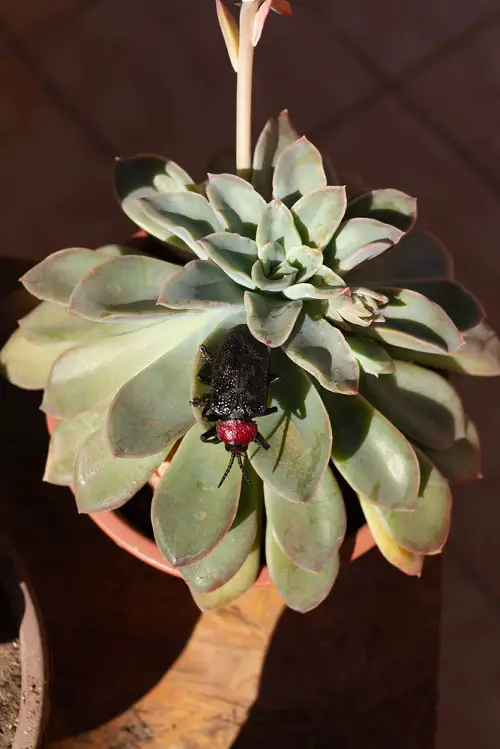
It is a bit tricky to know, but there are a few tell-tale signs that will help you spot the bug infestation:
- First of all, check for the visible presence of bugs on leaves, flowers, stems, or around the base of the succulent plants. The most common indicators are holes, damaged leaves or buds (chew marks), and leaf discoloration.
- Spider webs or cocoons on the plant soil are due to the presence of spider mites. They can cause yellow and brown spot and hinder the growth of your succulents.
- Check the roots; if they are overcrowded or discolored, it indicates pest infestation. Plus, examine the soil for pest eggs or larvae.
Bugs That Are Attracted to Succulents
As you know, succulents are known for their hardy nature, but still, they can fall victim to many pests, particularly when overwatered.
Aphids
These are the most destructive, small-bodied insects, are found on the leaves and stems, sucking sap, and can damage. And, they produce sticky substances that lead to mold growth in succulents.
Apply neem oil or other horticultural oils multiple times until you successfully send them away from your green beauties.
Scale
Scales can trick you with their handsome looks, but do not get fooled, as they have enough potential to harm your succulent plants. You will find them easily on leaves, causing brown spots, and on stems, sucking sap.
Get free from them with a solution made by mixing water, vegetable oil, and dish soap. Spray it and wipe it off. You can also use neem oil with liquid paraffin wax and commercial pesticides.
Fungus Gnats
Fungus gnats are small, delicate, and bodied insects that fly around the plant, especially after watering. Their larvae feed on roots and organic matter, harming the succulents.
Remove them by using systemic pesticides to kill larvae and prevent future infestations. You can apply cinnamon as a natural pesticide or spray a mixture of vinegar and dish soap to deter gnats, too.
Spider Mites
They feed on succulents, leaves, and stems and inject chemicals that hinder growth and can kill the plant.
So you must remove them as soon as possible. For this, you can submerge the plant in a container filled with water and shake it well to drown the mites. Another way is to use a neem solution on the plant in the evening, avoiding it in the morning as the day’s heat can kill your succulents.
Mealybugs
Bugs like mealybugs target the growing parts of the plants, especially stem bases or leaves and steal water from those parts and make them dry and weak. Plus, they can lead to plant death if not controlled on time.
You can get rid of them with the help of cotton swabs and alcohol. Dab on and wipe out the affected areas, and then gently wash the plant with soapy water to remove the residual bugs.
Pro Tip: The best way to combat bugs is to introduce natural predators like ladybugs, which are safe for your succulents but harmful to irritating tiny insects. You can attract ladybugs naturally to your place by placing sweet foods like sugar solution, soaked raisins, or something else near your plants.
How to Prevent Pest Infestation Priorly?
Take the necessary precautions before bug infestation.
- You can use mild fertilizers once a month during the growing phase of your succulents, particularly in spring and summer, not in winter. Also, occasionally use neem oil or spray.
- Do not keep the soil wet or waterlogged. Always water when the top inch of the soil feels dry to you; test it by touching it.
- Remove the dead leaves and other debris from the main plants, as they can act as a hiding or mating place for bugs.
- You should keep the infected plant away from the healthier ones, and do not use its soil in other plants, as it can contain invisible eggs or bugs.
- It is always better to not have many problems than to have one and solve it, right? So, you can also take a few preventive measures to save your succulents from bugs.

